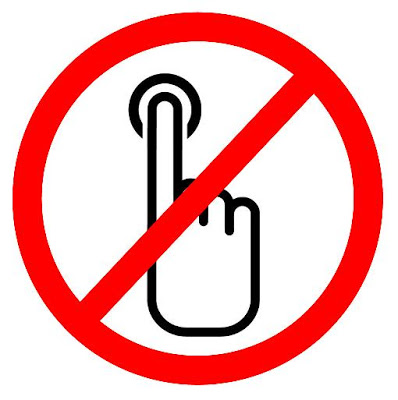OSHA Issues New Guidance on Combustible Dust

The Occupational Safety and Health Administration (OSHA) has released new guidance on combustible dust in the workplace.
The guidance, published on May 22, 2015, was in response to concerns raised by the National Forest and Paper Association, which suggested that current standards fail to offer adequate protection for workers who handle or are exposed to dust particles on a regular basis.
Last year, the National Forest and Paper Association asked OSHA to issue an explanation of what they considered to be "dust," (e.g. density instead of visual interpretation). Up until now, OSHA has used a National Emphasis Program in reference for its dust levels, which states that particles below 1/32nd of an inch are dust. Why is this a problem? Well, the Association presented a paper which states that -- according to mathematical calculations -- dust can actually be smaller than 1/32nd of an inch; therefore, workers are placing themselves at risk for injury when safety precautions are not taken around this type of dust.
The National Forest and Paper Association urged OSHA to look at the bulk density of dust to determine whether or not it safeguards should be implemented.
"The purpose of this memorandum is to provide guidance in calculating the levels of dust accumulations that may be allowed at workplaces for combustible dusts with bulk densities less than 75 lb/ft3. The guidance provided in this memorandum supplements the dust accumulation guidance provided in several sections of CPL 03-00-008, Combustible Dust National Emphasis Program (Reissued), including IX.E.3.c and d; IX.E.8; and IX.E.9.c and d. Several sections of CPL 03-00-008, Combustible Dust National Emphasis Program (Reissued), reference 1/32 inch dust accumulation levels," wrote OSHA in its combustible dust memorandum.
You might be wondering why there's such an emphasis on combustible dust in the first place. After all, it's not exactly a leading cause of work-related injury or illness, right? It may not be attributed to the same number of incidents as slip-and-falls, but combustible dust is still responsible for hundreds of injuries per year. The problem with combustible dust lies in its namesake -- it's combustible. When exposed to a flame or source of extreme heat, it may ignite, causing fires and explosions. OSHA's standard on combustible dust is designed to protect against such incidents by outlining safety measures that employers are required to follow.
Recent Posts
-
Fire Safety in the Workplace: What You Need to Know
What steps are you taking to prevent fires in your workplace? According to the U.S. Occupational Saf …Aug 23rd 2023 -
Is It Safe to Go Jogging With a Cold Infection?
If you're suffering from a cold infection, you might be wondering whether it's safe to go jogging. T …Aug 22nd 2023 -
5 Safety Tips to Follow When Using a Powder-Actuated Tool
Powder-actuated tools are commonly used to join materials to steel and concrete. Also known as Hilti …Aug 20th 2023



